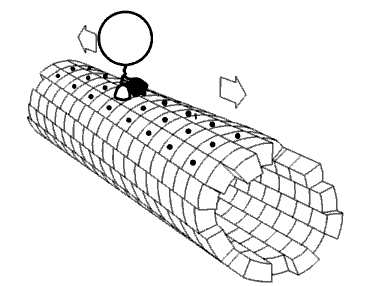
Photo from academic.microsoft.com
Skin is innervated by a rich variety of mechanosensitive neurons that trigger distinct sensations such as pressure, flutter and pain. A growing body of evidence indicates that epithelial cells actively… Click to show full abstract
Skin is innervated by a rich variety of mechanosensitive neurons that trigger distinct sensations such as pressure, flutter and pain. A growing body of evidence indicates that epithelial cells actively partipate in sensation by modulating, and even directly exciting, mechanosensitive neurons in healthy skin and pathophysiological conditions. This research aims to unveil how epithelial Merkel cells work in concert with the nervous system to generate discriminative touch sensation. Using mouse genetics and optogenetics, we previously demonstrated that Merkel cells have dual roles: they transduce sustained firing that signals pressure, and boost firing rates of tactile afferents during dynamic touch. Our current studies focus on defining mechanisms of neurotransmission between Merkel cells and tactile afferents, and elucidating how connections between Merkel cells and mechanosensory neurons remodeled during healthy skin renewal.
Journal Title: Biophysical Journal
Year Published: 2017
Link to full text (if available)
Share on Social Media: Sign Up to like & get
recommendations!